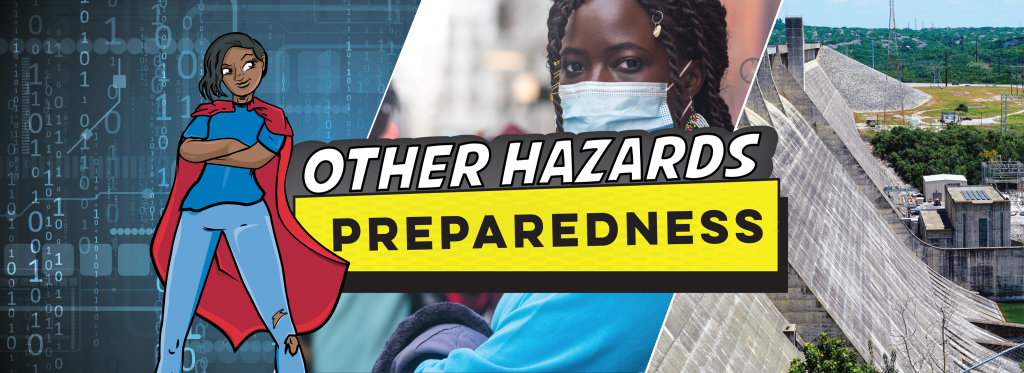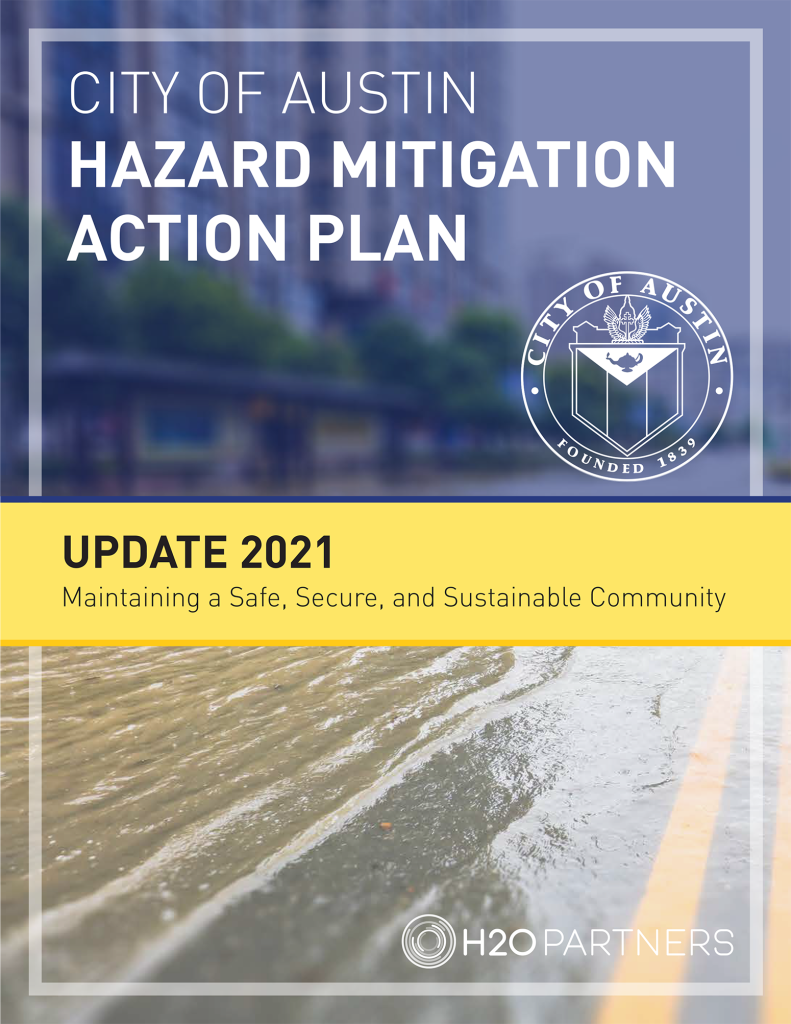
 |
The City of Austin has a Hazard Mitigation Plan. In addition to the major weather-based hazards there are other types of hazards and disasters to be aware of and prepared for in the Austin area. Learn about local hazards and mitigation techniques to prepare yourself, family, or business from risks. |
Cyber Security Attack
A cyber-attack is any type of offensive maneuver employed by individuals or organizations that targets computer information systems, infrastructures, computer networks, and personal computer devices by various means of malicious acts. The malicious act usually originates from an anonymous source that either steals, alters, or destroys a specified target by hacking into a susceptible system.
What you can do:
- Create strong passwords by using upper and lower case letters, numbers and special characters. Use a password manager and two methods of verification. Limit the personal information you share online. Change privacy settings and do not use location features.
- Protect your home and/or business using a secure Internet connection and Wi-Fi network, and change passwords regularly.
- Watch for suspicious activity that asks you to do something right away, offers something that sounds too good to be true, or needs your personal information. Think before you click. When in doubt, do NOT click.
- Check your account statements and credit reports regularly.
- Use antivirus and anti-malware solutions and firewalls to block threats.
- Remember that the government will not call, text or contact you via social media about owing money.
- Do not click on links in texts or emails from people you don’t know. Scammers can create fake links to websites.
- Get more tips
Terrorism
Terrorism is the use of force or violence against persons or property for the purpose of intimidation, coercion, or ransom. Terrorists often use violence and threats to create fear among the public, to try to convince people that their government is powerless to prevent acts of terrorism, and to get immediate publicity for their causes. The goals of terrorism are usually political, social, or religious in nature.
What you can do:
- If you see something, say something. (DHS Infographic)
- Learn about the Bomb-Making Materials Awareness Program (BMAP)
Dam Failure
The Texas Colorado River is one of the most heavily developed in the world, with six dams in the Highland Lakes Central Texas area. The severity of impact from a dam failure could be substantial, with the potential to cause loss of life, property damage, and other ensuing hazards, as well as the displacement of persons residing or working in the affected area. Damage to critical infrastructure such as electrical facilities, (i.e. substations, transmission lines) and natural gas lines also could occur in areas outside the immediate hazard area.
What you can do:
- Understand if you live in a flood zone or floodplain
- Have appropriate flood insurance
Drought
Drought is a period without significant rainfall. Drought is considered a complex hazard, but the Central Texas area has historically been prone to droughts.
Mitigation plans
Mitigation strategy for drought includes upgrading critical facilities to include greywater reuse systems, drought-tolerant landscaping, regular watering, and installation of French drains in areas of high-plasticity soils. The plan for mitigation also includes continuing to study potential climate impacts on Austin's water supply in collaboration with the Water Utility Climate Alliance, regional climate agencies, and climate scientists.
What you can do:
- Follow all local water restrictions when they are issued.
- Remember to follow wildfire prevention tips. Dry conditions can contribute to wildfire risk.
Infectious Disease
The COVID-19 pandemic was one instance of infectious disease. An infectious disease is a clinically evident disease resulting from the presence of pathogenic microbial agents. These infecting agents may be transmitted through liquids, food, bodily fluids, contaminated objects, airborne inhalation, or through vector-borne dissemination.
Mitigation plans
Mitigation plans include monitoring diseases that may be passed from animals to humans, which may be associated with changes in weather conditions and climate change, and inform the public of any changes so they can better protect themselves.
What you can do:
- Stay home if you feel sick or have symptoms such as fever, coughing, or sneezing.
- Use hand sanitizer and/or wash your hands frequently.
- Avoid touching your eyes, nose, ears or mouth.

